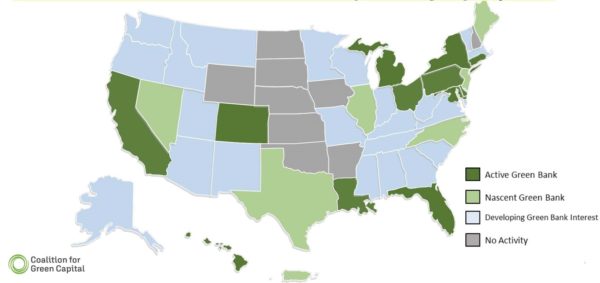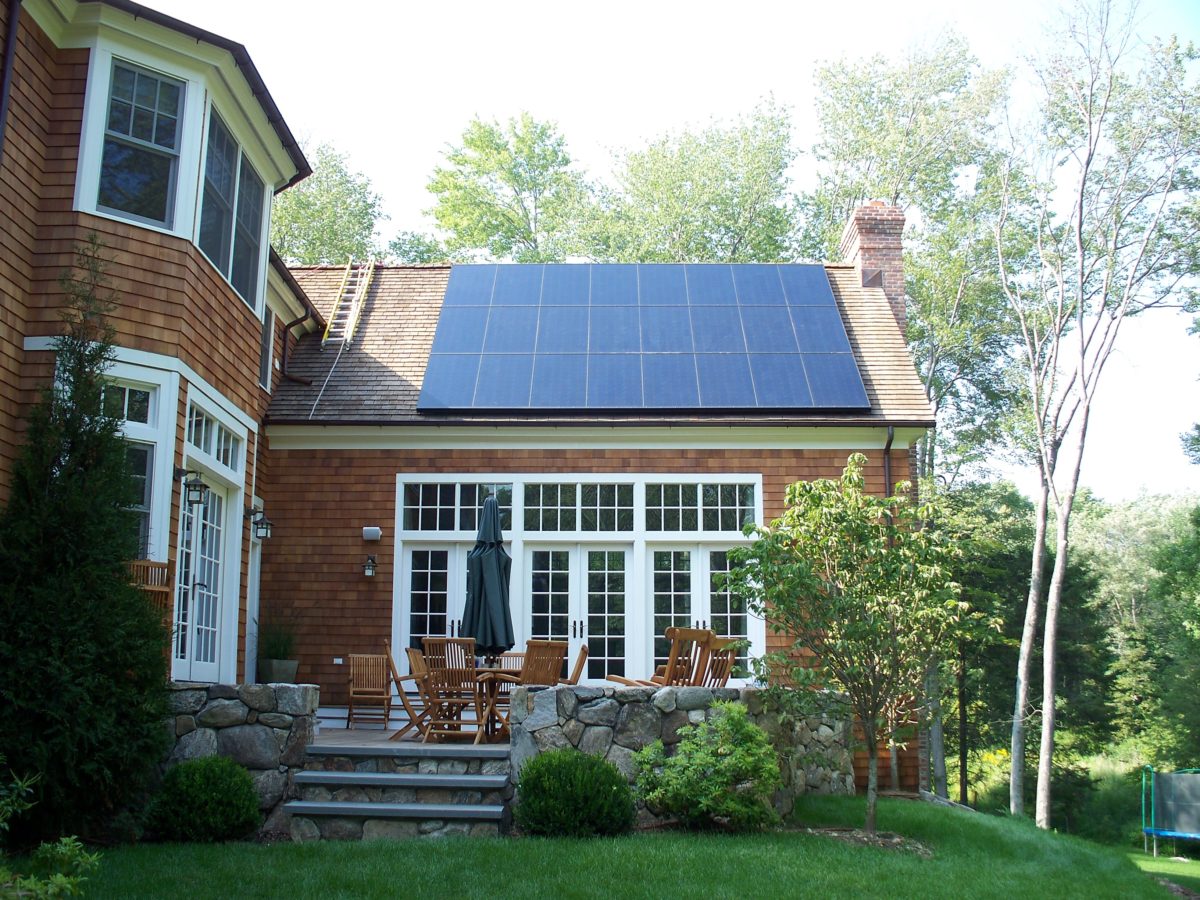Green banks may compete for $27 billion from a federal Greenhouse Gas Reduction Fund created by the Inflation Reduction Act (IRA), and use the money to provide financial and technical assistance to speed deployment of “low- and zero-emission products, technologies and services.”
The fund reserves $7 billion for low-income and disadvantaged communities to deploy or benefit from zero-emission technologies, including rooftop solar. States, municipalities and Tribal governments, as well as green banks, may compete for these funds.
The remaining $20 billion is available to green banks for direct or indirect investments in low- and zero-emission projects. Of that amount, $8 billion is reserved for low-income and disadvantaged communities. Indirect investments would establish new entities, or support existing entities, including community- and low-income-focused lenders and capital providers, that provide financial assistance for projects that reduce or avoid emissions.
Green banks, as defined by the IRA, are funded by public or charitable contributions, rather than deposits, and provide capital, leverage private capital, and provide other forms of financial assistance for “rapid deployment” of projects to reduce greenhouse gas emissions and other forms of air pollution.

The Coalition for Green Capital announced that it plans to compete for funding from the Greenhouse Gas Reduction Fund, along with a network of state and local green banks and community development financial institutions. The coalition’s CEO Reed Hundt said that the American Green Bank Consortium, with 23 members in 17 states and the District of Columbia, “has already invested $2.6 billion of their own funds,” along with nearly $9 billion in private sector capital, “in green projects that provide financial returns while maintaining extremely low default rates.” He said the consortium has $20 billion worth of pending projects.
The Connecticut Green Bank, the nation’s first state-level green bank, lauded the passage of the IRA and said that since its founding in 2011 it has mobilized nearly $2.5 billion, “creating thousands of jobs, reducing energy costs for thousands of families, businesses, and communities, and reducing greenhouse gas emissions.”
The Coalition for Green Capital said that national legislation to fund green banks was first introduced in the U.S. House of Representatives in 2009.
Under the IRA, funds will be available for disbursement from the Greenhouse Gas Reduction Fund to green banks and governments until September 30, 2024.
This content is protected by copyright and may not be reused. If you want to cooperate with us and would like to reuse some of our content, please contact: editors@pv-magazine.com.








By submitting this form you agree to pv magazine using your data for the purposes of publishing your comment.
Your personal data will only be disclosed or otherwise transmitted to third parties for the purposes of spam filtering or if this is necessary for technical maintenance of the website. Any other transfer to third parties will not take place unless this is justified on the basis of applicable data protection regulations or if pv magazine is legally obliged to do so.
You may revoke this consent at any time with effect for the future, in which case your personal data will be deleted immediately. Otherwise, your data will be deleted if pv magazine has processed your request or the purpose of data storage is fulfilled.
Further information on data privacy can be found in our Data Protection Policy.